As technology tensions between the US and China continue to rise, the vast network of undersea cables is expected to become a new source of tension.
 |
| The submarine cable war will continue in the coming years as the US and China compete for influence in the digital age. (Source: Adobe Stock) |
Undersea cables made headlines earlier this year – after four of 15 key Red Sea cables were cut amid attacks on US and UK ships by Houthi rebels in Yemen.
Concerns about undersea cables have grown and these networks are expected to become a new source of tension in international relations, especially in the context of increasingly heated geopolitical commitments between the US and China.
The "backbone" of the global Internet
According to telecommunications market research firm TeleGeometry, there are hundreds of giant telecommunications cables stretching nearly 1.4 million kilometers under the sea.
The number of undersea cables around the world is expected to increase in the coming years, reflecting the growing demand for data traffic driven by the popularity of video streaming services.
As of early 2024, TeleGeometry said its data tracked 574 active and upcoming undersea cables.
Undersea cables are the "backbone" of the global Internet, carrying 99% of the world's intercontinental data traffic.
“If you’ve ever sent an email, texted, or video chatted with someone on another continent, you’ve used a submarine cable,” says Andy Champagne, CTO of Akamai Labs. “Undersea cables are really complicated to install. And when something goes wrong, it’s really complicated to fix.”
Meanwhile, Joe Vaccaro, vice president and general manager of Cisco-owned Internet monitoring company ThousandEyes, said what makes submarine cables important is the impact they have when disrupted.
"When a cable line is broken, service providers will switch traffic to other lines and this will certainly cause congestion to some extent. In particular, there will be a domino effect (chain reaction) affecting the cable network on land," he emphasized.
China no longer holds the top position
The world's second-largest economy was once seen as the hub of future undersea cable networks and a vital artery for international data traffic.
China has emerged as an economic superpower to rival the United States and now generates and consumes vast amounts of data. More than 15 submarine cables over 1,000 km long, all in operation since 1994, connect China to the rest of the world.
China Mobile and the country's other state-owned enterprises have led trans-Pacific and other projects, sometimes co-financing projects with American companies.
The situation began to change around 2020, when incumbent President Donald Trump launched the “clean network” initiative to exclude Chinese companies from telecommunications infrastructure projects.
Since then, Washington has maintained a tough stance with Beijing, citing the need to ensure data security.
 |
| There will be a cold war under the sea between the US and China. (Illustration photo - Source: AFP) |
In 2020, the US Department of Justice asked Google and Meta to reconsider plans to install an 13,000-km submarine cable between Los Angeles and Hong Kong. The project was in its final stages, but the two tech giants quickly decided to remove the Chinese destination and stop the cable in Taiwan (China) and the Philippines.
Not only that, a World Bank-led undersea cable project for South Pacific island nations has also “rejected” Chinese companies, to please policymakers in Washington.
China’s presence on undersea cables is also fading fast. Three international cables connecting the country to Hong Kong (China) are expected to be completed by 2025.
After 2026, Beijing has no plans to install any new submarine cables.
Meanwhile, demand for data traffic between the US and Asia remains generally strong, with four cables to Japan and seven cables to Singapore scheduled after 2024.
In addition, nine cables will be built between the US island of Guam and Southeast Asia. This will bring the total number of submarine cables built between the US and Southeast Asia to 16.
Cold War Under the Sea?
Previously, undersea cables were owned and operated by telecommunications companies.
Recently, US tech giants including Meta, Google, Microsoft and Amazon have invested significant amounts of money to install their own cable systems.
Citing unnamed sources within the US State Department, the Wall Street Journal reported in May that undersea cables in the Pacific region could be vulnerable to monitoring by Chinese vessels.
SB Submarine Systems, a Chinese state-controlled company that repairs international cables, appears to be hiding the locations of its vessels from radio and satellite tracking systems, the newspaper reported.
According to CNBC, the US government's concerns are not new.
Estonia said it suspected a Chinese ship had cut two undersea cables and the world's second-largest economy has yet to respond to a six-month-old request to investigate the matter.
Not only that, many international submarine cable projects are also said to be looking to avoid China due to concerns about data security and Beijing's geopolitical influence.
As China’s data consumption grows, new submarine cable projects are slowing down, experts say, reflecting the rivalry between the world’s two largest economies in the technology sector.
"There will be an underwater cold war between the US and China," Alan Mauldin, research director at TeleGeography, told Nikkei Asia .
NC Bipindra, a senior writer specializing in geopolitics, defense, and diplomacy for The EurAsian Times, also affirmed: "The submarine cable war will continue in the coming years as the two superpowers compete for influence in the digital age.
As the Internet becomes an increasingly important tool for everything from commerce to security, controlling submarine cables is likely to become more important."
Source: https://baoquocte.vn/them-mat-tran-moi-trong-cuoc-chien-cong-nghe-my-trung-quoc-bac-kinh-dang-dan-lep-ve-278983.html





![[Photo] Prime Minister Pham Minh Chinh chairs the meeting of the Government Party Committee Standing Committee](https://vstatic.vietnam.vn/vietnam/resource/IMAGE/2025/8/23/8e94aa3d26424d1ab1528c3e4bbacc45)


![[Photo] General Secretary To Lam attends the 80th Anniversary of the Cultural Sector's Traditional Day](https://vstatic.vietnam.vn/vietnam/resource/IMAGE/2025/8/23/7a88e6b58502490aa153adf8f0eec2b2)
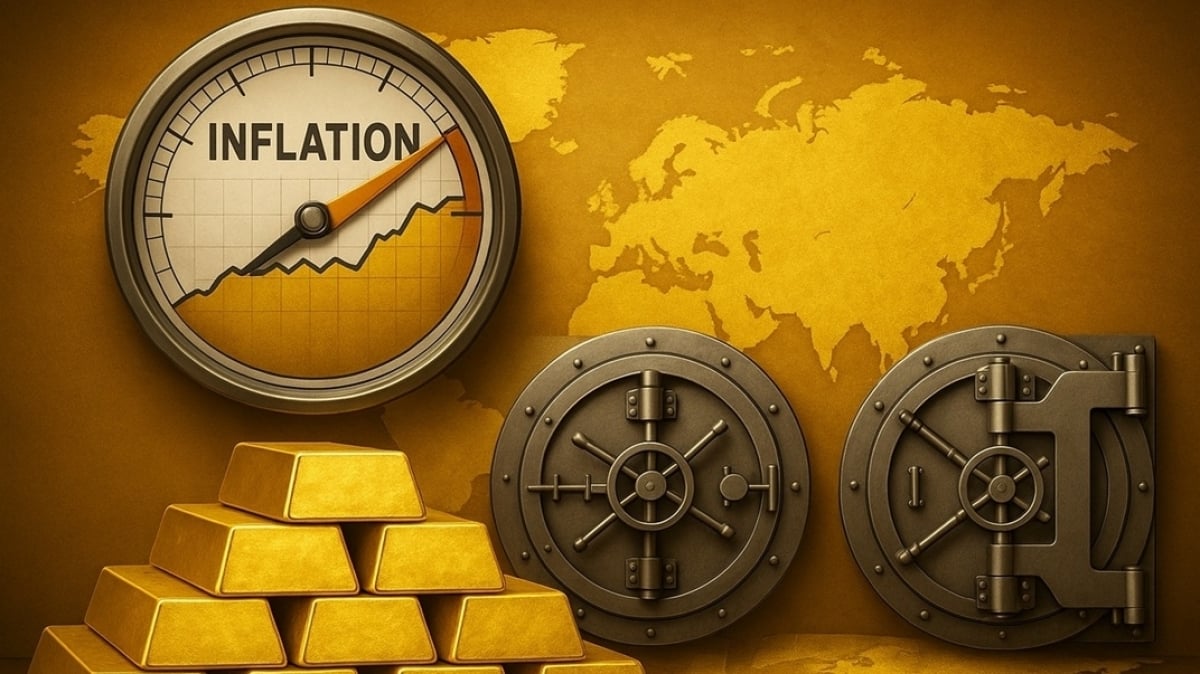



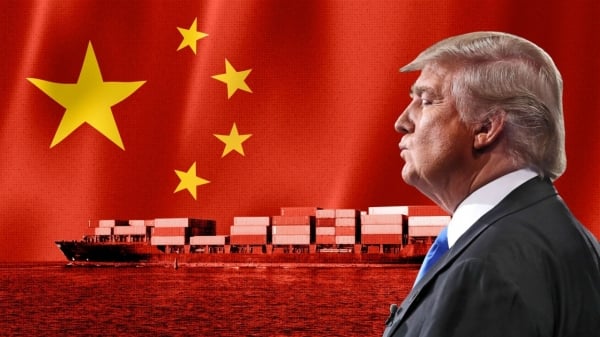
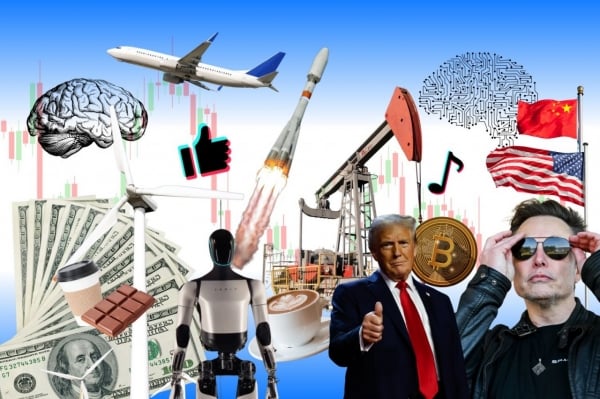
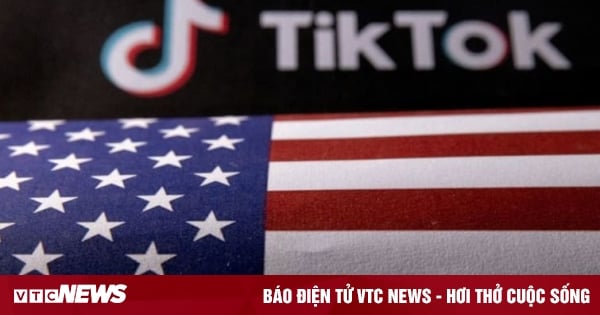


































































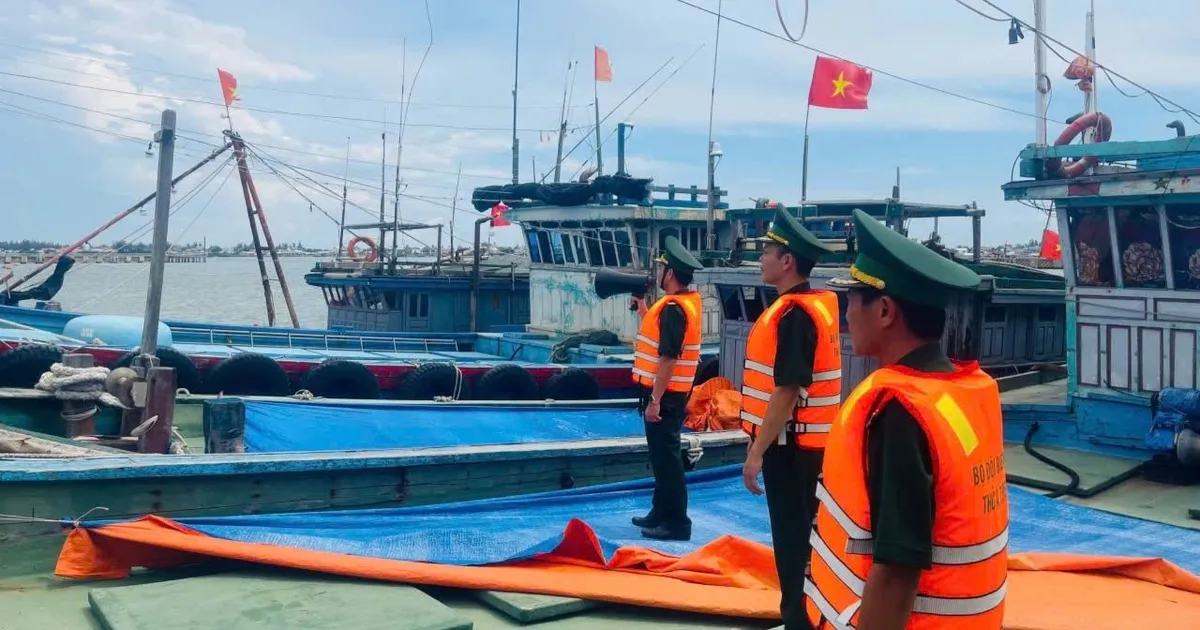

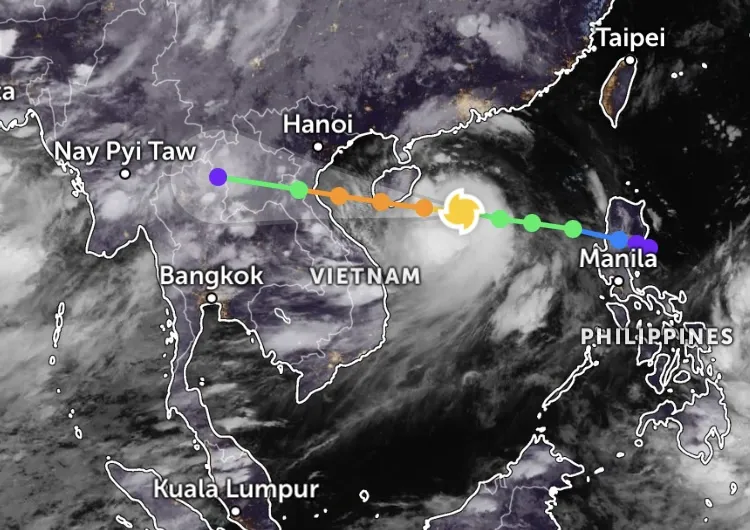


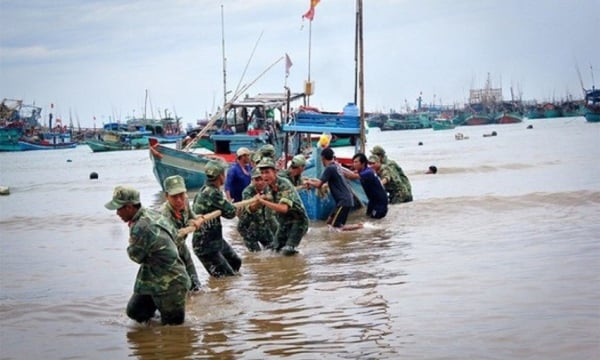














Comment (0)